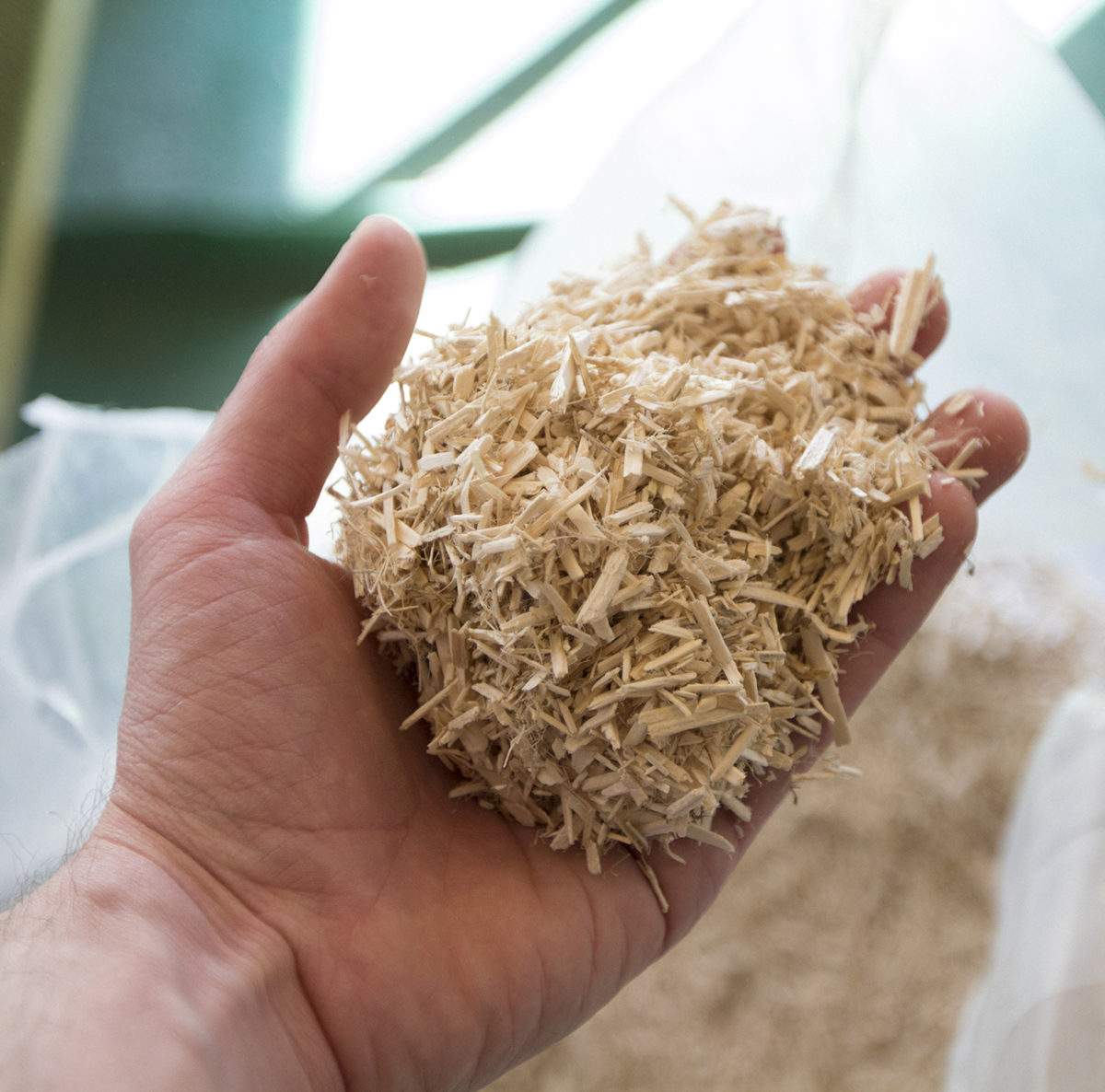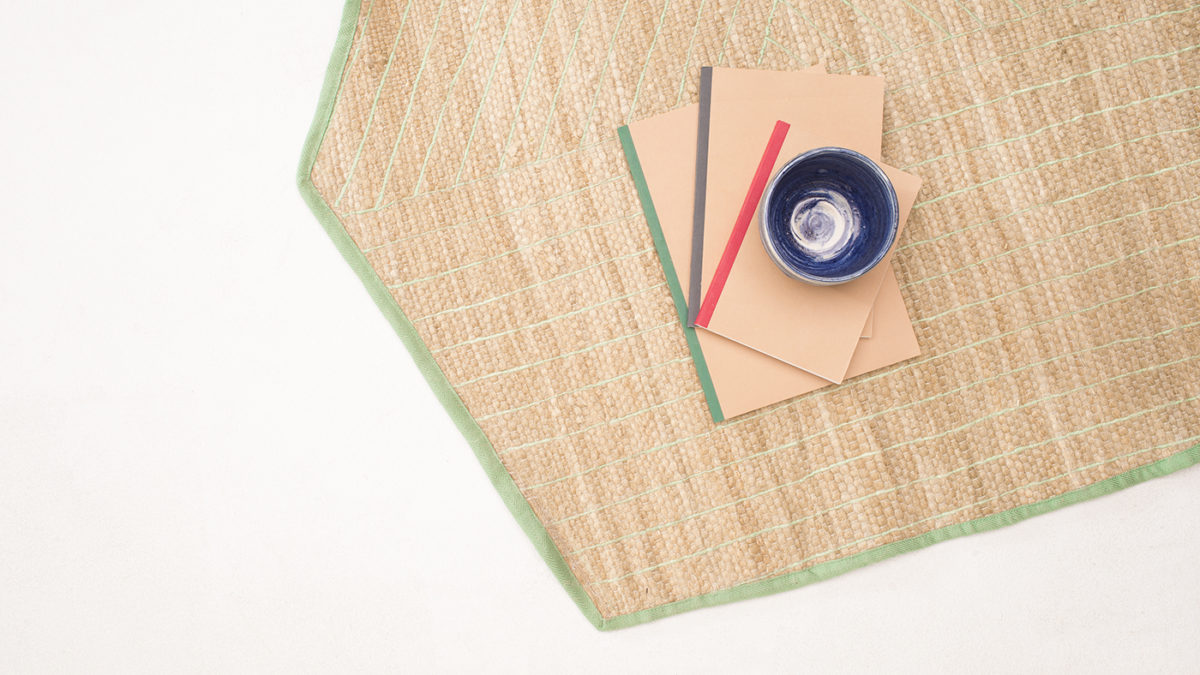
ANDREA SEBASTIANELLI
Andrea Sebastianelli is a young Italian product designer, specialized from the Eco Social Design Master of the Free University of Bolzano. After experiences in London and Brussels, Andrea currently works in Rotterdam and collaborates with TheNewRaw studio.
Since the beginning, his approach has always been driven by a key word, sustainability – which is essential today. We asked Andrea a few questions to understand how he developed his method over the years.
His design studies begins at the Istituto Superiore Industrie Artistiche (Isia) in Pescara, where he finds an academic approach which requires to work artisanally: students develop projects in a space called offina (garage-workshop), and they are asked to design both product and graphics parts. Despite the Industrial Design course, the school focuses deeply on collaborations with local craftsmen, which therefore allow students to have a more sustainable approach to the project.
Following this experience Andrea feels the need to go further and face more the part of research and theory within a project, “I felt the need to give a reason to the drawing, to face the methodological part, to give a strong meaning to the forms, a part that is a bit missing in the academies. “
This need lead him to attend the Eco Social Design course in Bolzano. The faculty has a sustainable method, not only from the materials point of view, but also from the social and economic one – the term “eco” stands for ecology, economy but also ecosystem. Nevertheless the Bolzano province is strongly characterized by a traditional craftmanship with productions that use local wood and fabrics.
It is precisely here that Andrea finds his method, thesis-antithesis-synthesis. It is a methodological typology that probably many other designers use, but which is worth explaining. The end result is a synthesis of all the negative and positive aspects of a product. We are not only talking about materials but also about production methods, environmental and social impact, process sustainability, pros and cons. In this case, not only the artifact is analyzed but the whole context in which a project can be developed, a fundamental aspect that many designers have forgotten.
In this regard, we show you two projects to better explain Andrea’s method: the first is Campo Libero, started in the summer of 2016 from the thesis of Andrea Sebastianelli and Stefania Zanetti. The project has the aim of creating a new production chain associated to the cultivation of hemp in Trentino Alto Adige, with the subsequent effects on the processing and production processes of a green alternative to synthetic plastics.
Until the 1940s, Italy was one of the largest European producers of hemp but following the advent of plastics and synthetic materials and with the consequent prohibition of all crops containing THC, the cultivation of hemp suffered an arrest which it has lasted for nearly fifty years. Currently the cultivation of hemp is mainly related to seeds for the production of organic oils and flours and to hemp (the woody part) for green building constructions, but no textiles yet. This is our problem, the death of the fiber processing chain. All the fibrous parts of the plant, which in the 1950s were used to make tablecloths or clothes, are now abandoned in the fields.
Starting from this context and with the support of ITAS (Trentino-Alto Adige Institute for Insurance, the insurance company founded in Trentino in 1821), the designers created a decorticator for the transformation of hemp in the South Tyrolean territory and the creation of furnishings and design with the resulted material. Up to now the project has involved about twenty farmers from the Trento and Brunico area, a dozen craftsmen between Bolzano and Trento and the Bressanone Museum. The processing was then entrusted to a non-profit organization that creates opportunities for integration and work for fragile people.
It’s clear how this project is not only about hemp and tradition. It’s about creating synergies within a community, from the producer to the customer, reintroducing a method that we have let go over time, but in a modern way: connecting artisans, farmers, fragile people and designers. It is not about a decorticator design, but a sustainable production system that can renew tradition and benefit everyone.
c
x
Another very interesting project, to which Andrea has been part of the design team, is Print Your City by The New Raw that is part of Coca-Cola’s ambitious “Zero Waste Future” program in Greece.
This project explores the possibility of using the city’s plastic waste to build public spaces with 3D printing, involving citizens. The idea is presented with a temporary installation of a series of 3D printed urban furniture made with plastic waste for domestic use. Citizens recycled 800 kg of waste for the production of this square, moreover they chose the design, colors and extra functions of the products through an online platform.
In this case they become the main characters of the project, recycling the material and choosing the design they prefer. The primary aspect is once again sustainability: the idea of educating the users to recycle and introduce them to the production process, allowing the community to fully appreciate the final result.
We conclude talking about globalization, the crisis we are experiencing, the future of design: “We speak a language that is not ours, we eat foreign foods, and it is beautiful, we are connected. However, what’s left from our traditions? which from a material and social point of view are also more sustainable? … from another perspective, as Enzo Mari said, the glass is half full and half empty. Industry is not the wickedness of the world, but it is how it works which represents evil. Industry can help produce cheaper objects, that means more economically sustainable for example.
Nowadays it’s important that the drawing has a real content, that design is not a whim. It is important to be a designer also from a political point of view, I mean, as the choices we make. We can not only be at the service of the market… in any case we must work with the industry, because the values of design play behind that world of mass production, there we can find the origin of this crisis … “
Andrea has a particular sensitivity and a very artisanal method, with the awareness of what he is doing and the historical period in which he is operating. The chance to travel abroad and experience different situations showed him realities that he defines as alienating, as London. Not only from a work condition but also to a social level. By coming into contact with the more commercial part of design, he realized the importance of a 360° sustainable method. As we always repeat, design does not exist without its context and he is aware of this. As we can see from the previous examples, it is not about products, but artifacts that activate connections between multiple individuals in a community, bringing innovation and social and economic benefits.
We thank Andrea for the wonderful conversation and we hope that more and more designers can become aware of the value and importance that the project holds for our future.
To see other projects, visit andreasebastianelli.com
Instagram @andreasebastianelli
Campo Libero design by Andrea Sebastianelli and Stefania Zanetti
Photo by Castellan Curzio
Pots Plus design by TheNewRaw
Project team: Panos Sakkas, Foteini Setaki, Stavroula Tsafou, Andrea Sebastianelli, Andreas Kyriacou, Nickolas Maslarinos
c
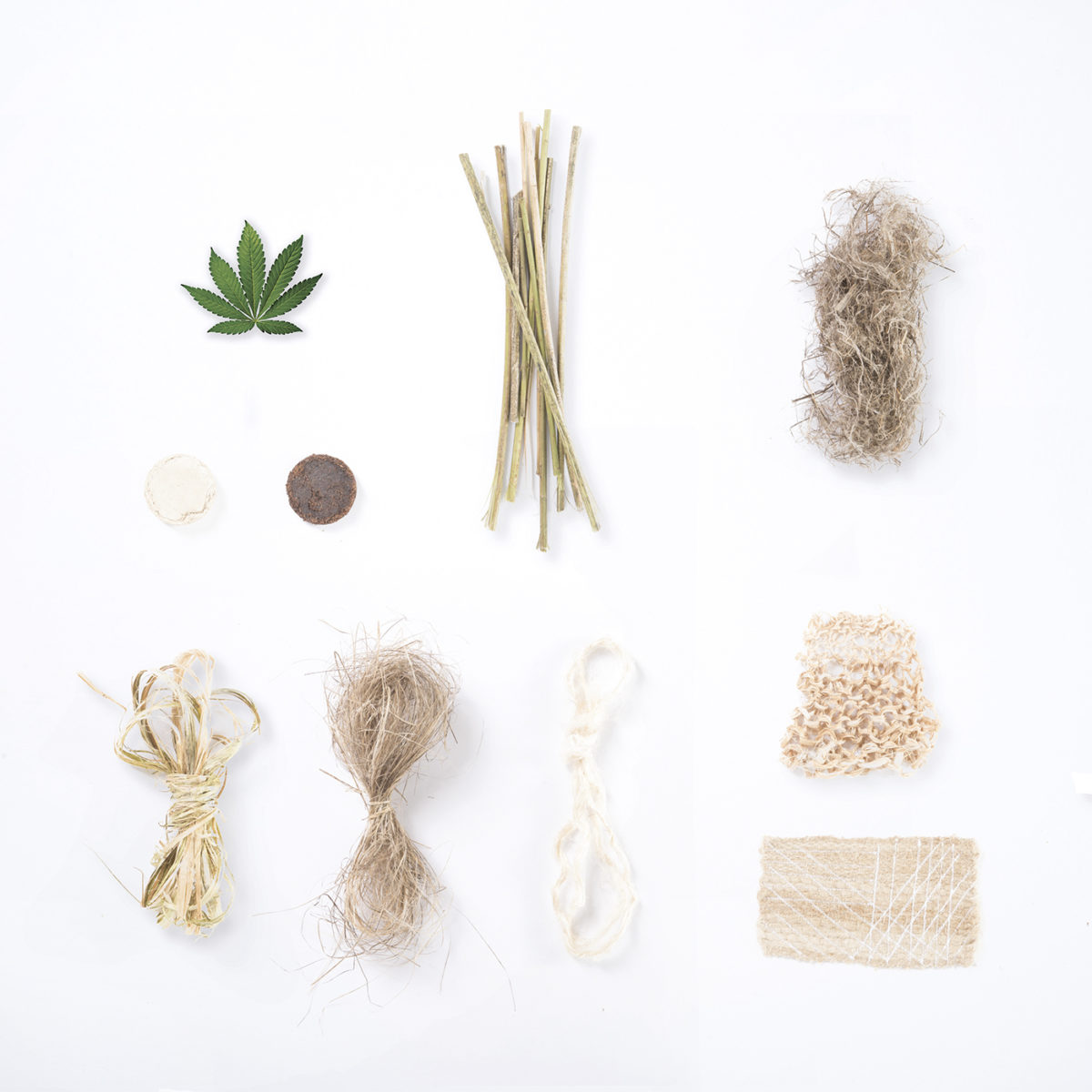
Campo Libero Project 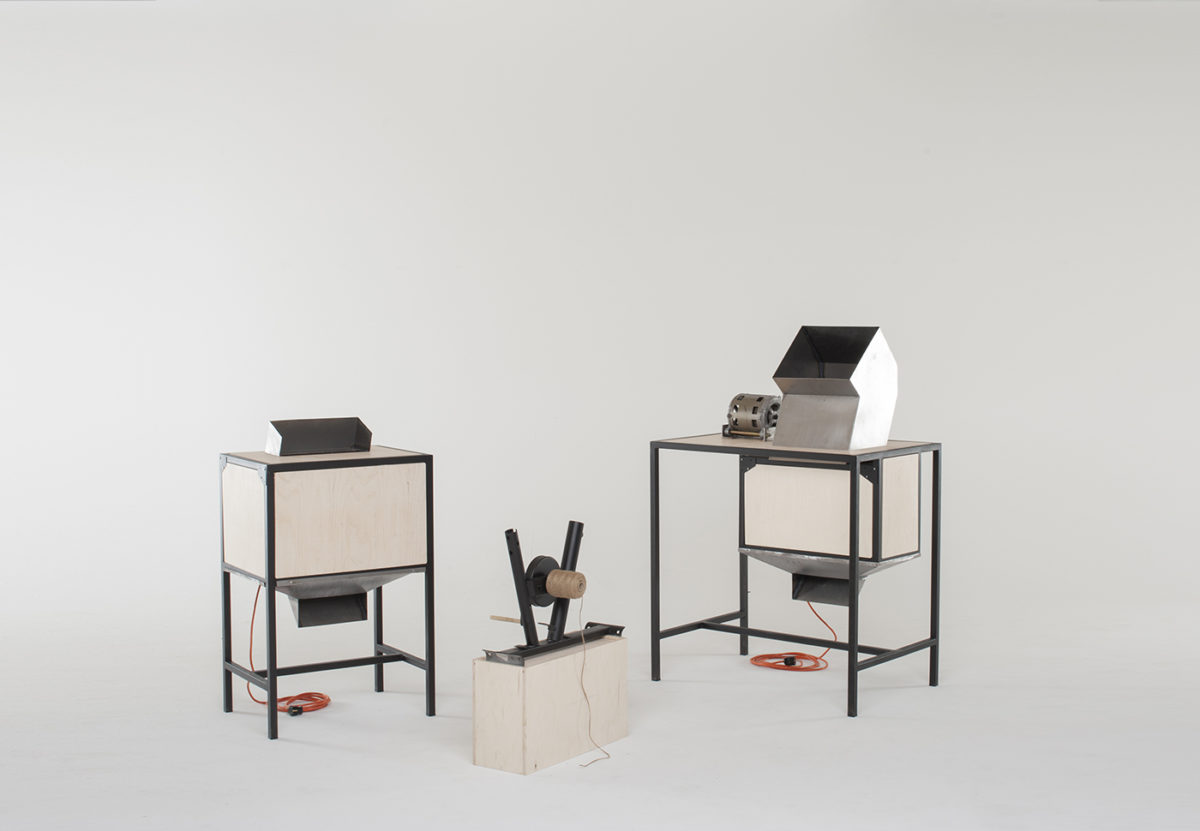
Campo Libero Project 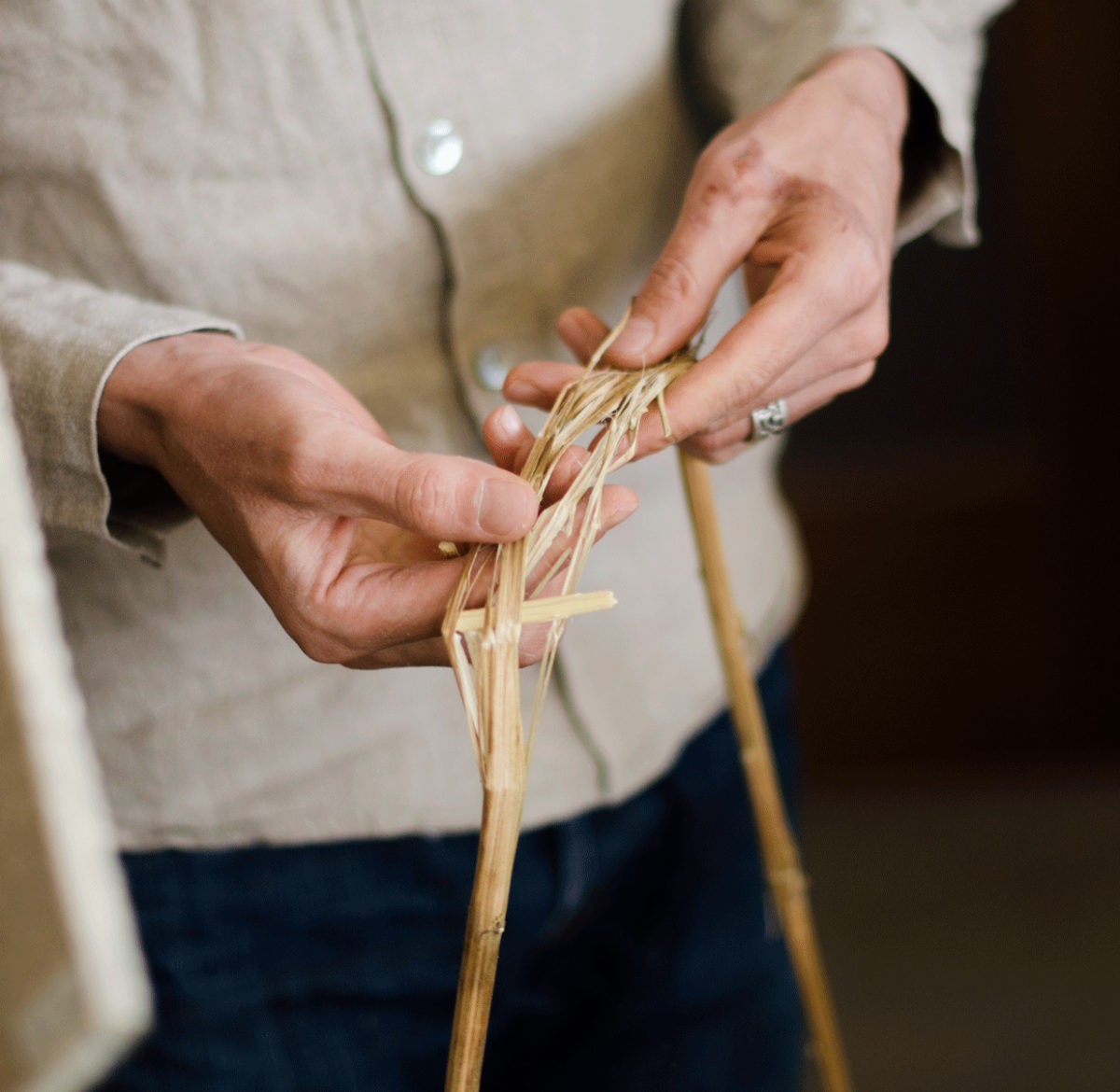
Campo Libero Project 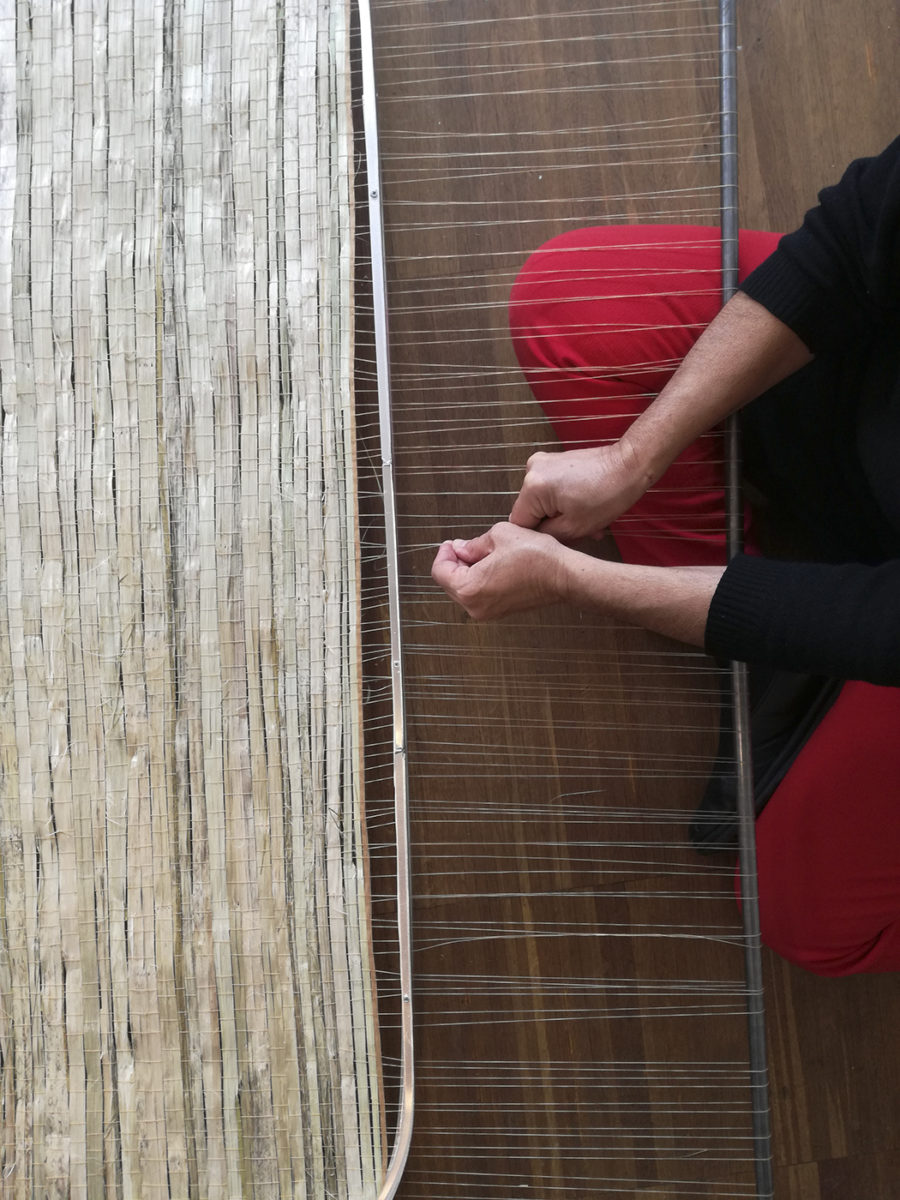
Campo Libero Project 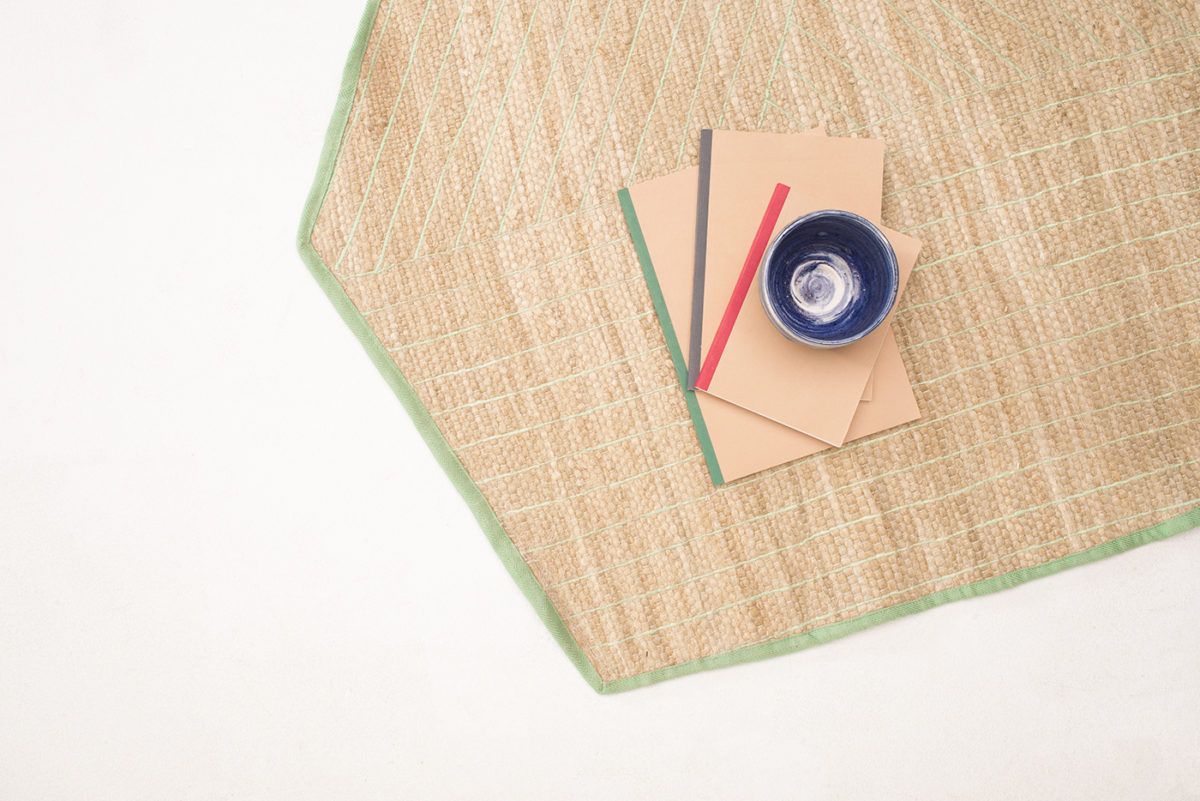
Campo Libero Project 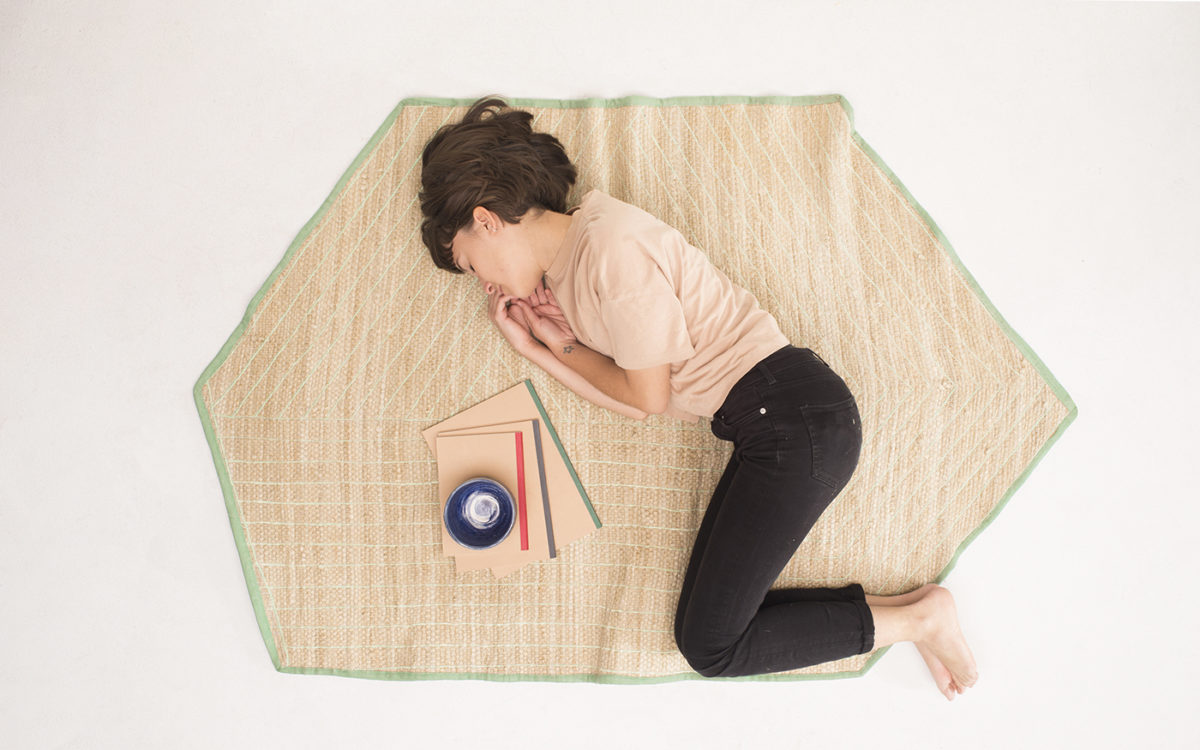
Campo Libero Project 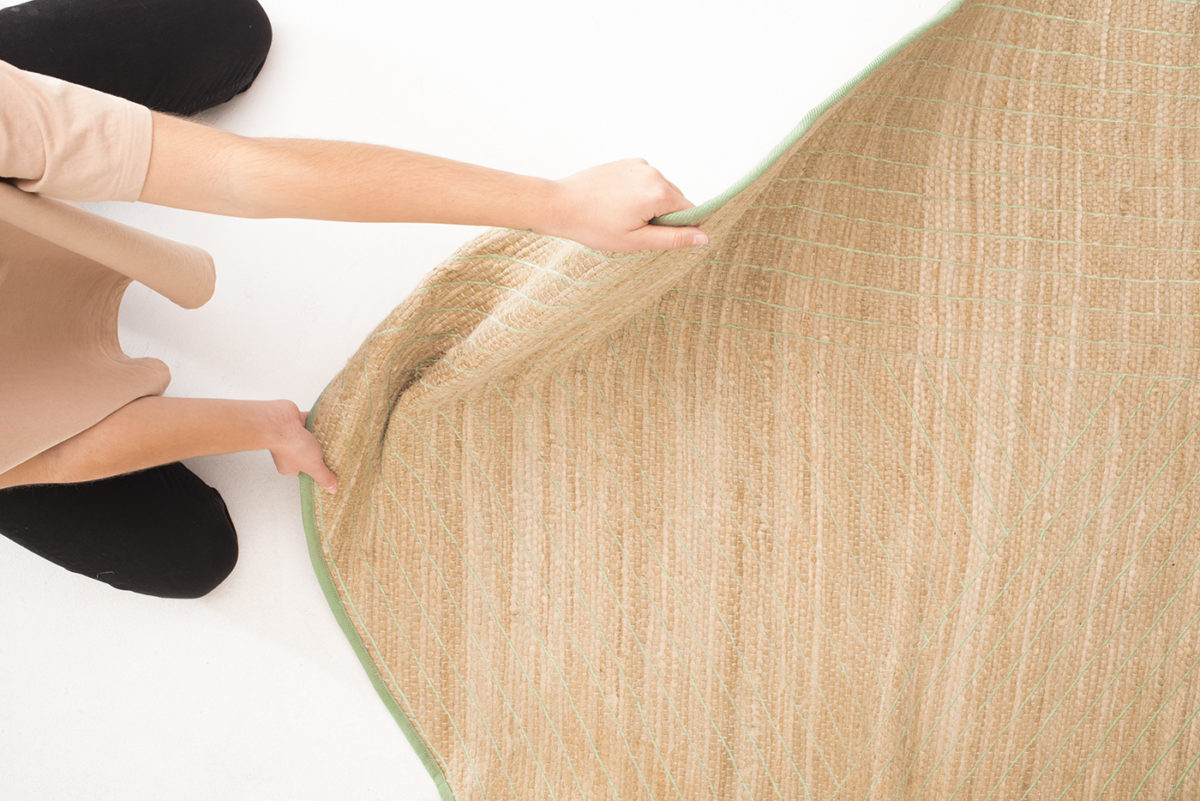
Campo Libero Project 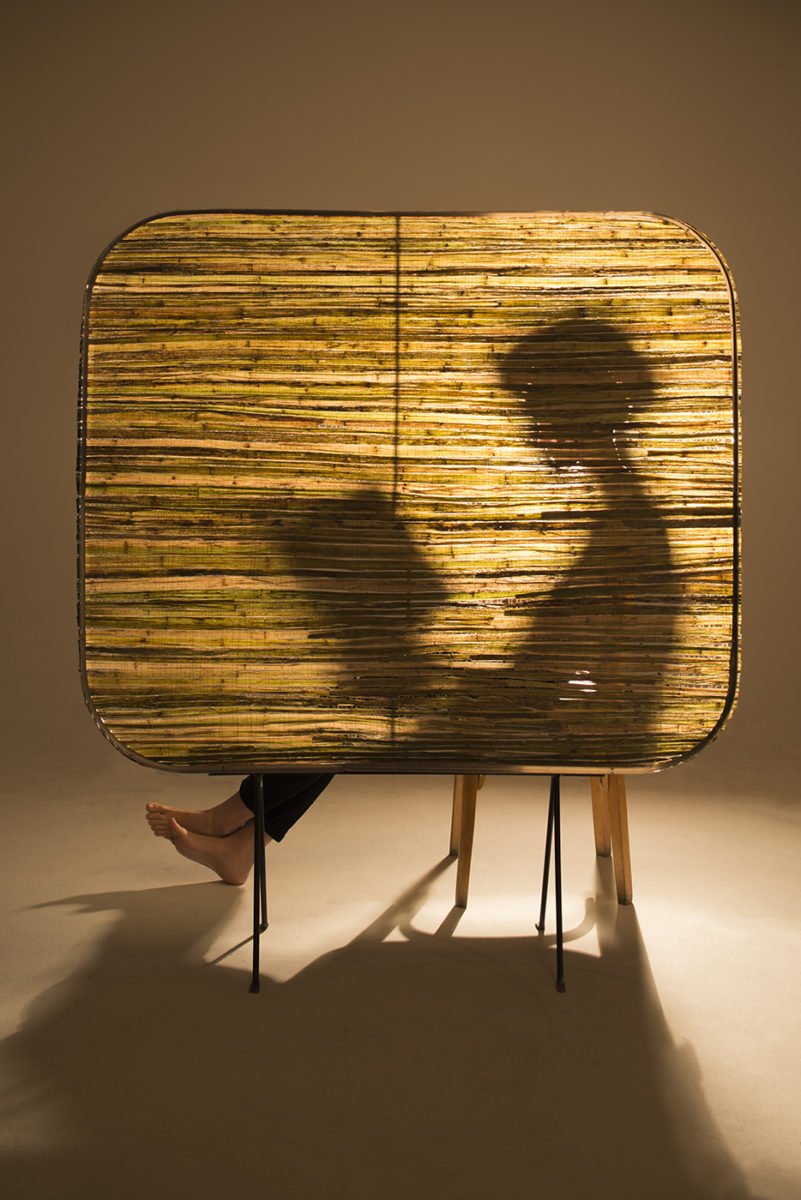
Campo Libero Project 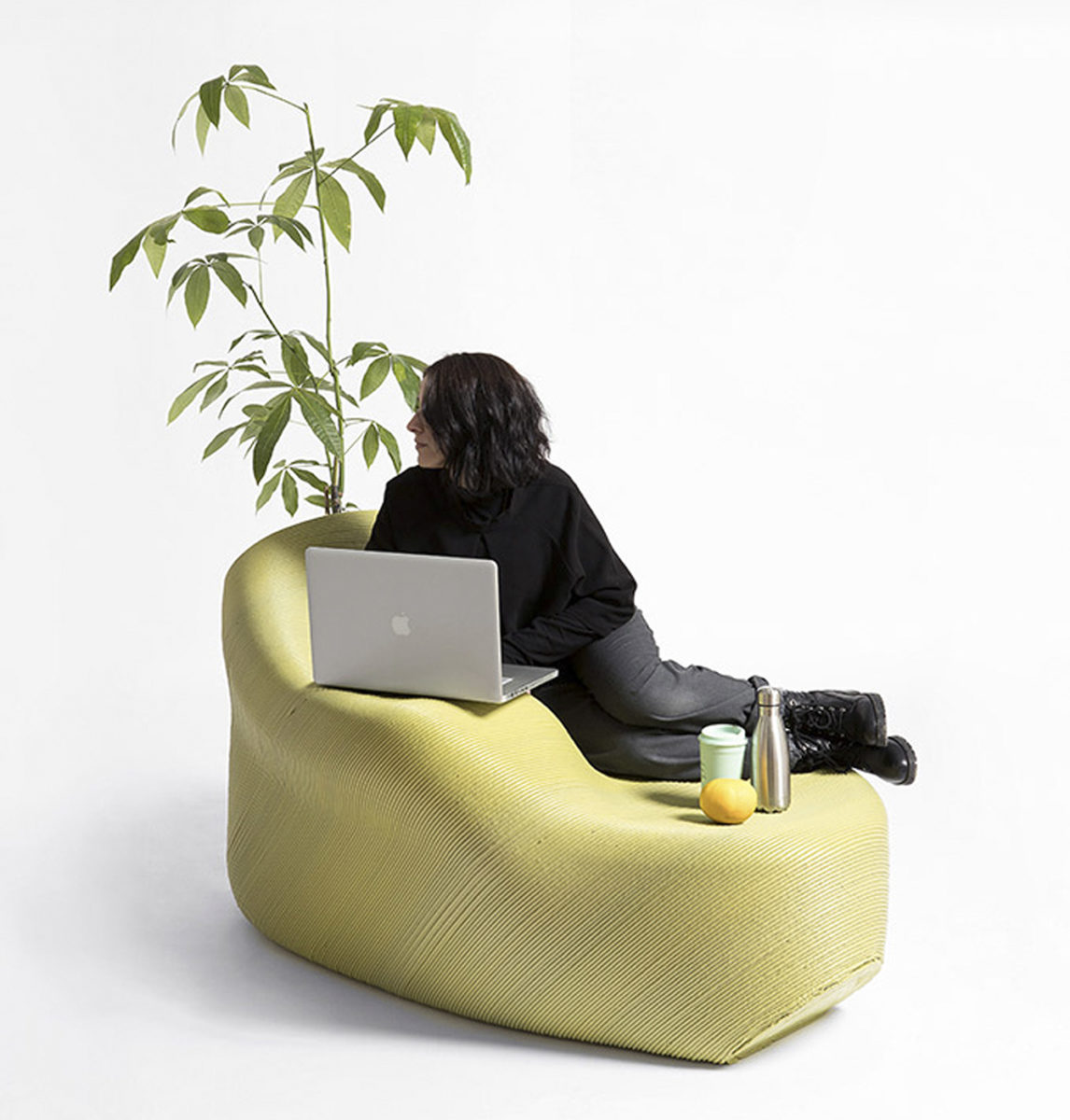
Pots Plus by The New Raw (c) Stefanos Tsakiris 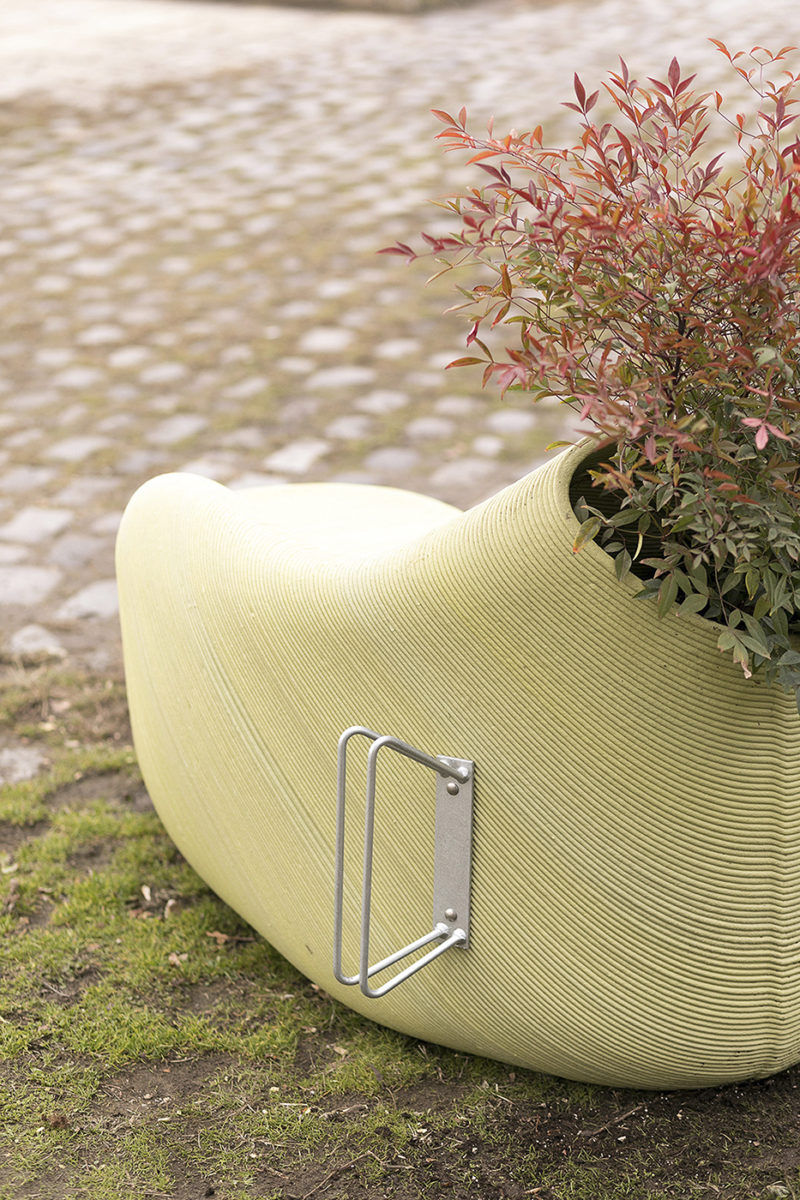
Print Your City by The New Raw for the Coca-Cola Company in Greece (c) Stefanos Tsakiris 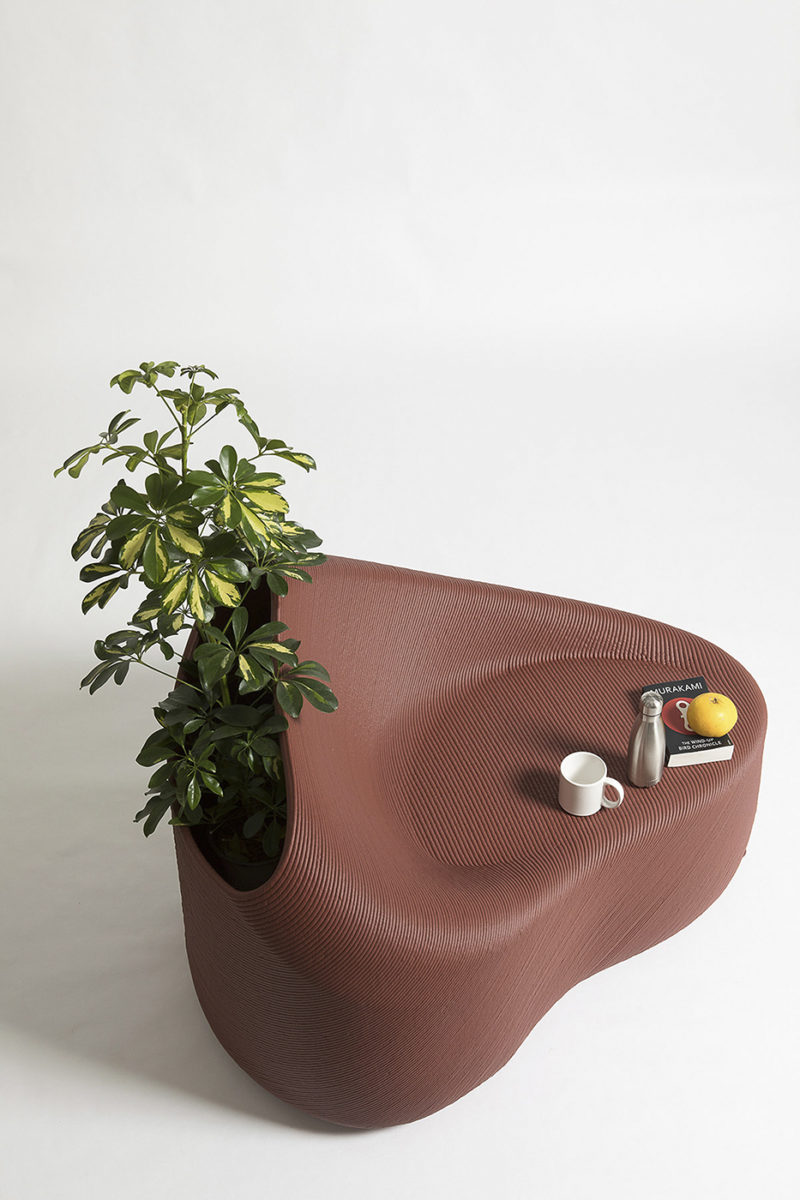
Pots Plus by The New Raw (c) Stefanos Tsakiris 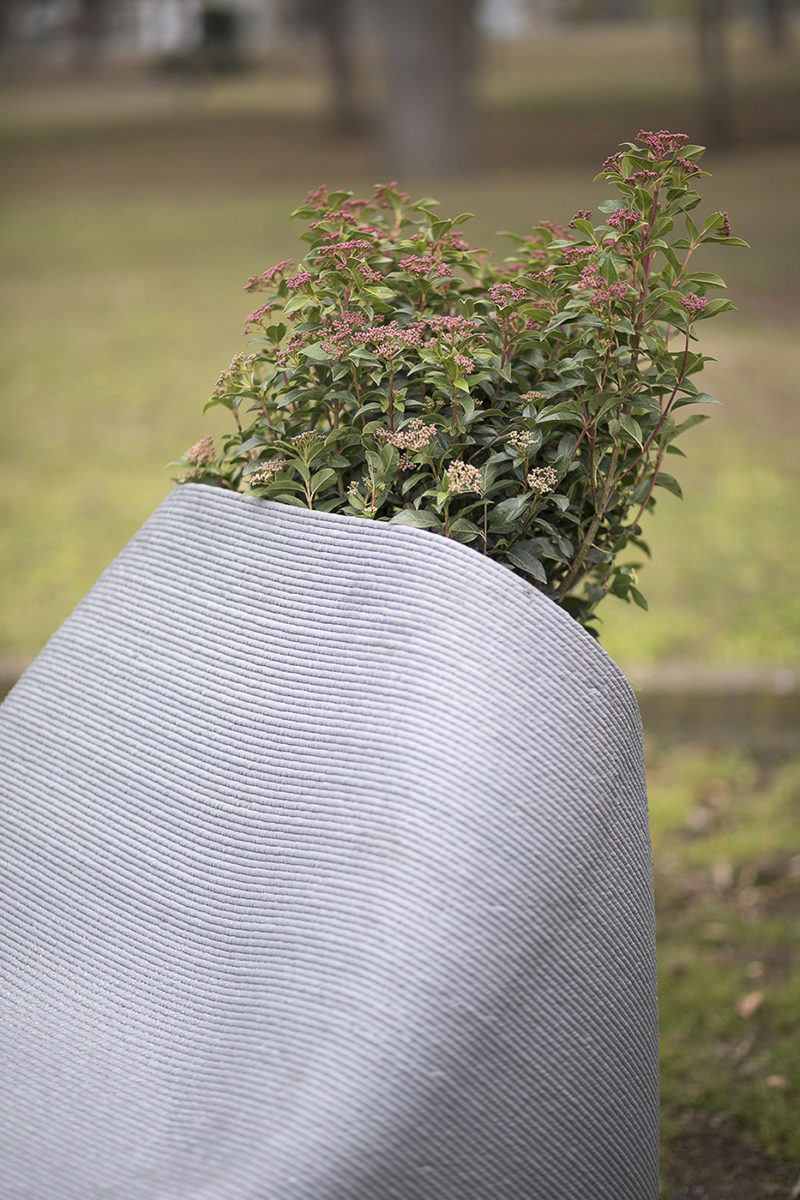
Print Your City by The New Raw for the Coca-Cola Company in Greece (c) Stefanos Tsakiris 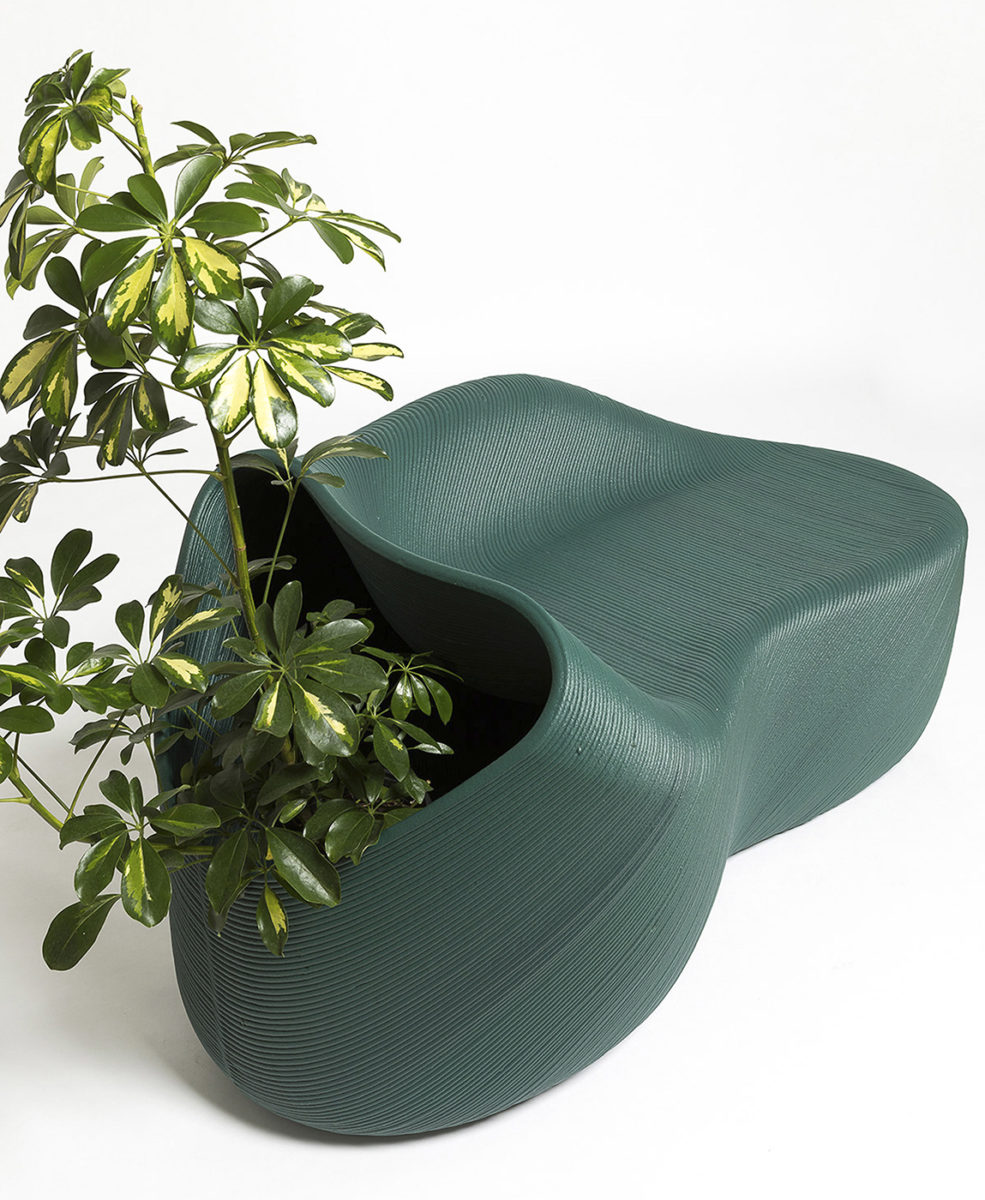
Pots Plus by The New Raw (c) Stefanos Tsakiris

